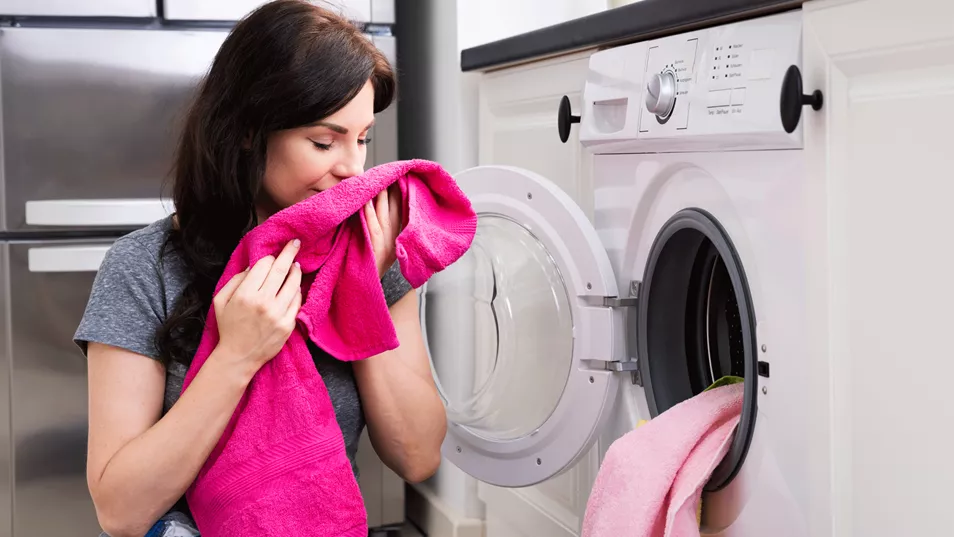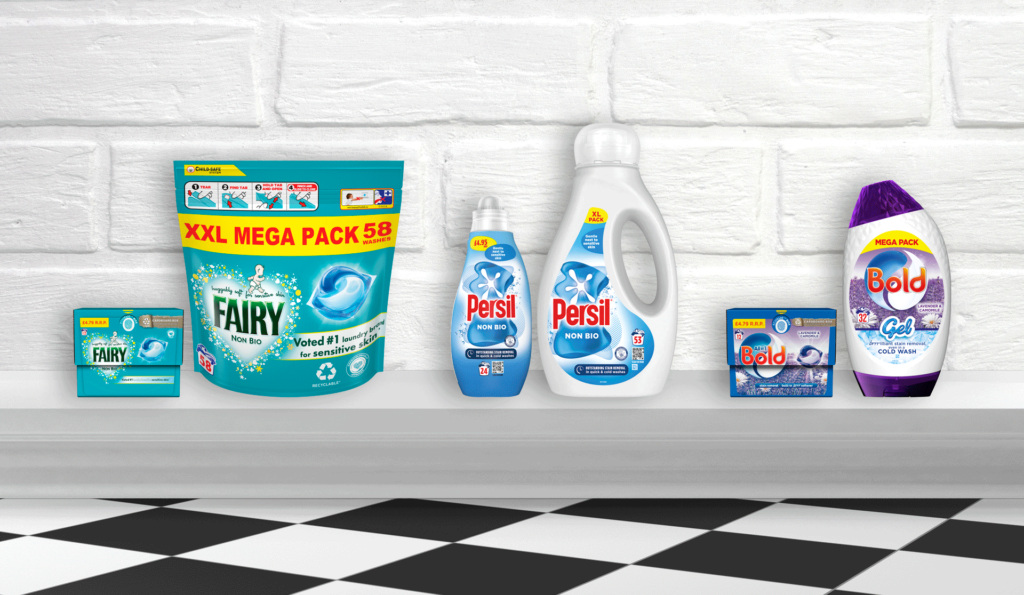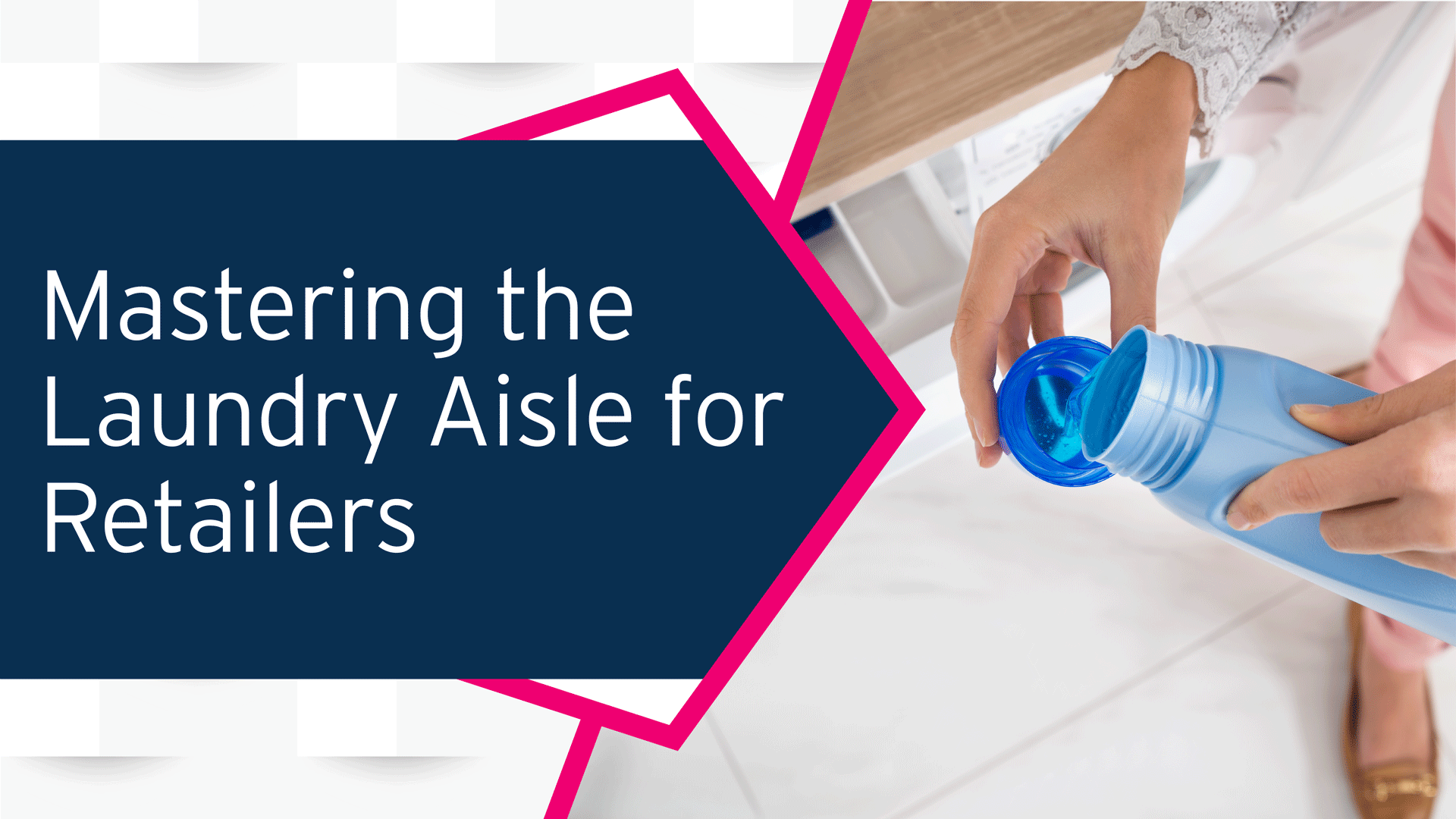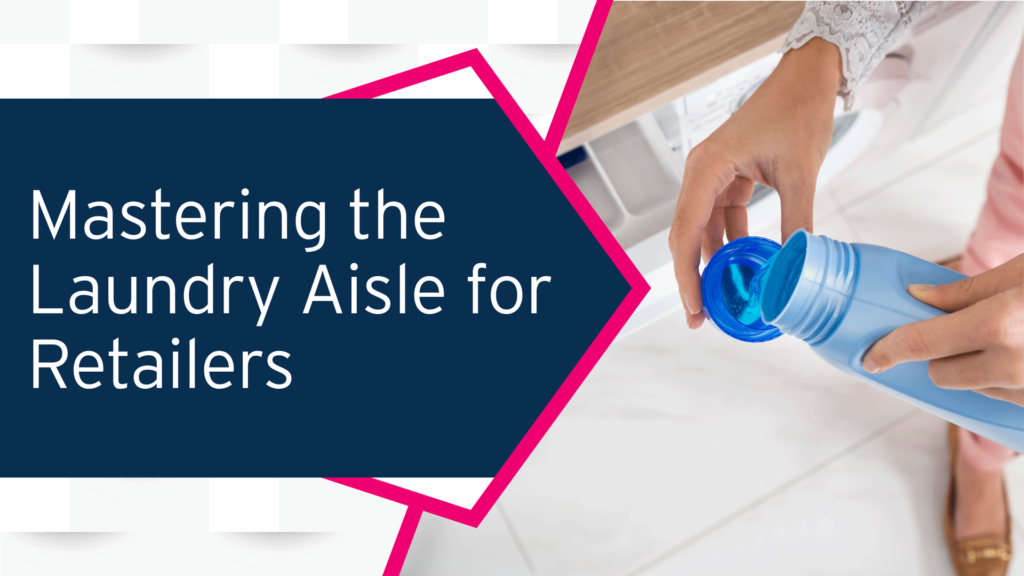Unlocking the secrets to a successful laundry aisle can significantly impact retail success, given the laundry category’s substantial £1.7bn value in the UK market. In this article, we delve into the intricacies of choosing the right laundry range, focusing primarily on detergents. From understanding shopper segments to navigating brand preferences and product formats, we unravel the key considerations that drive sales and enhance customer satisfaction. Join us as we explore the nuances of this essential category and uncover strategies to optimise your laundry offerings for maximum impact and growth.
The Laundry category is worth £1.7bn in the UK market, which means it’s one of the most important for retailers to get right in-store. The category is usually broken down into three segments – detergents, fabric enhancers and add-ons. In this feature we’ll focus on laundry detergents and explain how to get the basics right in-store, to help you grow your sales.
Laundry detergents is the biggest segment, at just under £1.2bn, and comprises a huge and potentially confusing array of brands, formats and sizes. So, whether you’re a discounter, a convenience retailer, wholesale depot, high street store or an online-only business, how do you know you have the right products on shelf?
Shopper segments
Firstly, it’s worth knowing that products (and brands) are generally aimed at specific types of shopper. As with all categories, laundry shoppers can be segmented in a number of different ways, but the most useful method identifies five key groups:
- Performance: shoppers looking for the best possible cleaning and stain-busting power, as well as taking care of their fabrics and helping them look their best for as long as possible
- Scent: for those who love the experience of a fine fragrance
- Sensitive: for those with sensitive skin who are looking for a gentler option, usually equating to non-bio products
- Value: shoppers looking to save money, albeit without compromising on performance
- Sustainable: for eco-focussed shoppers who are proactively looking for products with the smallest possible impact on the environment

In general, Ariel and Persil (bio) fall into the ‘performance’ category, Bold and Surf are for ‘scent enthusiasts’, Fairy and Persil non-bio make up the ‘sensitive’ camp, Daz is for ‘value’ (with Surf crossing over into this segment too), and the two leading ‘sustainable’ brands are Method and ecover.
These five shopper segments are not mutually exclusive, and there are some brands that overlap. As we’ve mentioned already, Surf is both a ‘scent’ and a ‘value’ proposition. There are scented variants of Ariel and Daz, and of course all laundry detergents (even the sensitive options) aim to leave behind a fresh, clean fragrance. And whilst not all products are marketed as out-and-out eco options, all of the major brands are making huge inroads into improving their sustainability credentials and minimising their impact on the planet. The dedicated eco products are generally a little more expensive than the mainstream brands, and are not suited to all channels.
Brands
The best-selling laundry detergent brand in the UK is Persil, with sales of £186m last year. Second is Fairy with £180m, followed by Ariel on £175m. It’s worth pointing out, however, that Persil has both bio and non-bio products under its umbrella, whilst Fairy’s £180m is non bio only and Ariel’s £175m is exclusively bio.
This split of best-selling brands does not necessarily carry over into each sales channel. In the convenience channel, for example, the best-selling brand is Surf, followed by Persil and Daz very closely in second and third. Both Surf and Daz cater very well to the convenience shopper, with their focus on value propositions giving them keen price points compared to their competitors and helping them stand out to shoppers on both distress and top-up missions. That said, it’s worth noting that the second-best-selling SKU in convenience is Ariel Original All-in-1 Capsules 12w (£4.79 PMP), ranking just behind Daz Whites and Colours 12w (£3.29 PMP).
Value brands are important in the discount channel as well, but there is a big opportunity to sell more premium brands as well. There are two types of value shopper – ‘budget’ and ‘bargain’. Budget shoppers are aiming to stick to a specific budget, and are therefore keen on products with lower price points. Bargain shoppers are looking for a great deal, but are not necessarily sticking to a particular budget, so premium brands can be attractive when offered at a good price.
Product format
The laundry shopper ‘decision tree’, which maps how shoppers decide what to buy, shows that the first priority is whether the shopper wants ‘bio’ or ‘non-bio’. Next up is product format, followed by brand. With product format at number two on the list, it is clearly another important dynamic to take into consideration.
There are four key formats to be aware of – capsules (or ‘pods’), liquid, gel and powder. Capsules have the biggest share of the market at 38%, and sales are growing year-on-year. Second is liquid with 26%, followed by powder with 17% and gel with 8%.

Sales of laundry powder is in decline across the market, as shoppers switch into ‘wet’ formats (capsules, liquid and gel). With a big shift towards sustainability, one of the easiest ways to reduce energy usage and decrease carbon emissions is to wash at lower temperatures. Powder generally needs a minimum of 40 degrees to work effectively, whilst liquids and capsules work from 30 degrees and gel works at even lower. Turning the temperature down is a good way to save on energy bills, and shoppers can still get a great clean if they choose the right detergent. That said, powder is usually cheaper to buy in the first place.
Pack size
Pack size is an important consideration as well. Convenience stores will opt for small packs to keep the price point down. Discounters should offer both small and large sizes – small for budget shoppers, large for bargain shoppers. The mid-range sizes (approx. 30-45 washes) are the heartland of the major supermarkets. Remember that shoppers on foot may struggle to take large, heavy packs home with them, so only offer the largest packs if you have a car park nearby.
Online retailers will generally choose larger packs to offer better value and increase basket size to make the delivery proposition affordable, although the fast-emerging ‘rapid delivery’ retailers are generally focusing on smaller, convenience packs.
So what..?

With all of this in mind, there’s lots to take into account when selecting the right range for your store or depot. The key points to remember are:
- Your range should cover all four of the key formats – capsules, liquids, gels and powders. Capsules drive basket value so they should be at eye level in store.
- Make sure you cater for performance, scent, sensitive and value sustainable brands are suitable for supermarkets, some high street retailers, online retailers and some discounters, but generally not independent convenience stores.
- Choose pack sizes that are suitable for your store.
- Convenience retailers should opt for PMPs wherever possible, as they give shoppers price confidence.
Hopefully this gave you some insight into why it’s so important to have the right range of laundry detergents on shelf, and how you can improve your range to grow your sales. Next time we’ll cover fabric conditioners and laundry add-ons, such as stain removers and antibacterial laundry cleaners.



